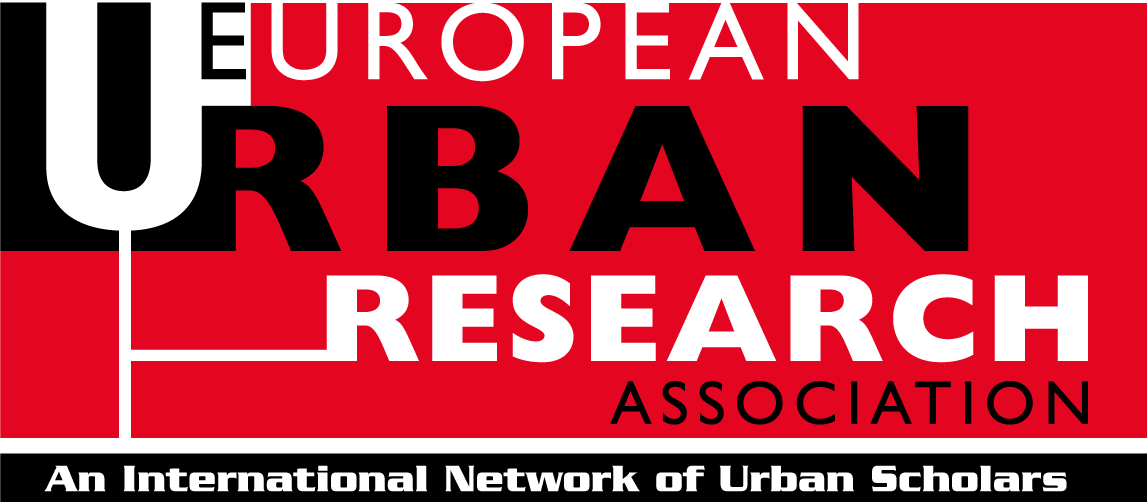EURA Conference in Weimar, Germany
11 October 2002
Conference organised by the Institute for European Urban Studies at Bauhaus University Weimar, EURA and the Forschungs und Entwicklungsgesellschaft Hessen
This conference discussed the role of urban images, myths, narratives and symbols and their impact on urban renewal. Cities have always been spaces of outstanding landmarks and symbols drawing their singularity from a distinctive repertoire of signs, monuments and pictures. Urban images do not only support the construction of local identities but have always been surfaces upon which hopes and visions are projected – the objects of affective occupation and of political interests and struggles. Recent challenges to urban planning have underlined the necessity to draw upon traditional images while creating the city of the future.
The conference aim was to advance understanding of urban images, to compare and contrast experiences in different countries and to consider the implications for policies and city leadership.
Around 40-45 people attended this highly enjoyable and stimulating two-day conference during which over 20 papers were presented by academics and practitioners from across Europe. In a wide range of contexts the papers examined the variety of ways in which city images were constructed as part of an attempt to regenerate run down cities and regions. Many of the papers analysed city marketing strategies and how these sought to `sell’ order drugs online particular cities, often using high profile events, to potential investors elsewhere in the world. In particular a number of papers drew attention to the ways in which flagship projects, using old industrial sites and buildings, sought to reconstruct a city or region’s image as part of a wider process of recreating a new identity for the city/region while at the same time re-presenting the city/region in a new way to the wider world. Of particular interest here were papers that examined radical changes in the use of older industrial buildings as part of these wider strategies. Other papers focused on how people themselves saw the city, or particular neighbourhoods within it, and made sense of it during a period of rapid change. Attention was also drawn to the different ways in which the older generation’s memories of the city interacted with those of younger generations and how this interaction of different perceptions could help create new and vibrant forms of city life in the twenty-first century. At the end of the conference a panel debate attempted to identify the key themes/issues raised by the conference and future directions for research.
It is hoped that a number of the papers given will be published in an edited collection.
Organiser:
Frank Eckardt
Faculty of Architecture
Bauhaus-Universitaet,
Weimar
Germany
Email: Frank.eckardt@archit.uni-weimar.de
For further details see: www.uni-weimar.de/urbanistik

